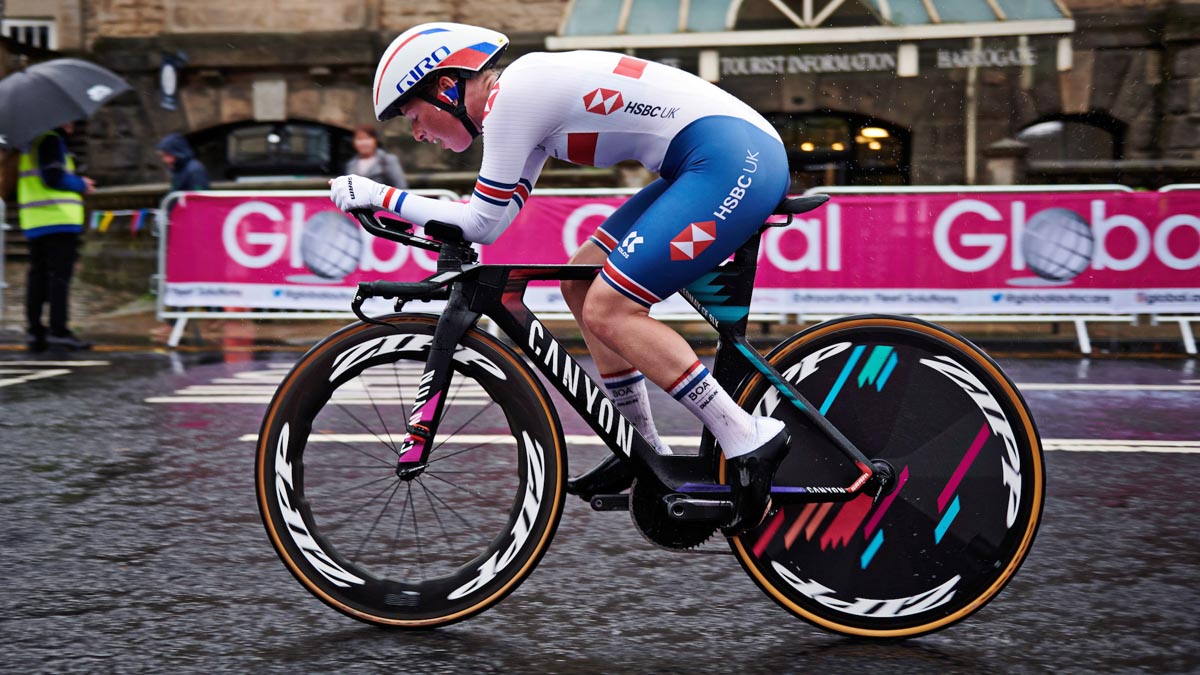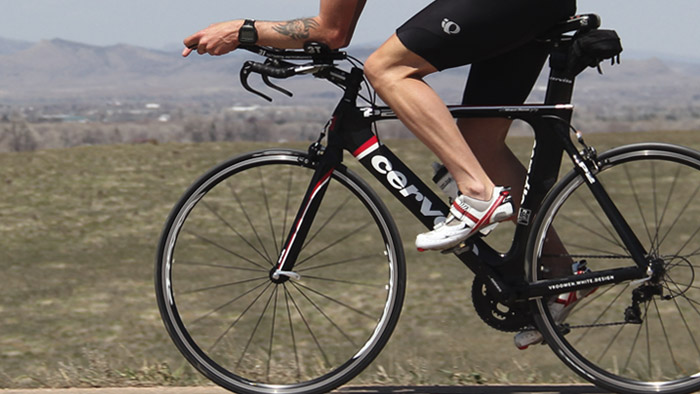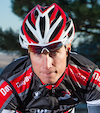To define pacing in cycling is simple: it’s the rate at which you complete a course. Every ride has a pace, whether or not you’re aware or in control of it. However, a mindful pacing plan based on the course conditions, your personal power curve, and physiological knowledge can leave you minutes ahead of your competition.
This article will give you some pacing tips and tricks, and will take you through a practical example of pacing creation. If you choose to do this on your own, I suggest that you work with your coach to finalize your finished pacing product, or compare to Best Bike Split.
Steps to Creating a Good Pacing Plan
- Look at the course and estimate a finish time based on real rider data. If it’s a course that has been raced before, it can be handy to look at past finish times.
- Combine the course profile with estimated time and look at a flat peak power estimate for the rider based on that time.
- Add in specific sections over or under threshold based on the course. Any undulation in a course, windy sections, or turnarounds can dictate when to dig deep or when to recover. WKO and Training Peaks can help you estimate the power needed to hit time targets for each part of the course.
Let’s do an example. Here’s the time trial course from the 2019 US Pro nationals TT:
You can tell from this profile it’s two laps of the same course. A quick note on course profiles: profiles in general, especially shorter courses, will tend to make climbs look like steep walls—but when you look at the axis on the right you’ll see that each is only a few hundred feet. This is significant for pacing: make sure you’re looking at the length and grades of the climbs, not just panicking about a course profile.
Here’s the power profile of the athlete. We’re trying to write our pacing to give this athlete her fastest time across this course.
First we must establish a predicted finishing time. In this case we found last year’s TT results in Strava, which gave us a pretty good power analysis of other riders, ideally riders of similar size. In this case we found one whose time was 33:17, good for ninth place. That time gives us a baseline to look at our athlete’s numbers, assuming a finishing time between 30-33 minutes.
Based on the MMP curve from WKO above, our athlete’s 30-33 minute max historical power from the last 365 days is 290 watts. That 290-watt effort is from another TT, and it remains the same between minutes 29 and 34, so we can assume that it’s a sustainable power even if the TT ends up being a minute slower or minute faster.
If you don’t have access to this finish time data (if it’s a new TT course, for example) you’ll need to estimate your pacing plan based on power, distance and speed. It’s also important to avoid what I like to call “The hero’s approach.” The hero’s approach is when you look at the KOM time on Strava, or the time of a past winner, and try to ride to that. If you’re in contention to win, it’s good to know what you have to do, but in general you’re better off looking at your own past data, or that of similar riders. Strava can be a great tool but it can also lead you astray, especially because you never really know what the conditions were like when the KOM time was completed.
Predicted finish time and average power established, we get more detailed, working in some physiology principles and customizing to this course. Here are the main things to consider when getting more granular with your pacing plan:
Lactate Buffering
If you accumulate acid with anaerobic effort, you have to recover to buffer this acid. The goal in pacing is to do the max power possible across the course, but if we spike acid too early then we’ll ultimately go slower, as there is no real recovery time in a proper TT. Therefore, we’ll try to work with physics and wind resistance to optimize for deeper digs and moderate recovery.
Wind Resistance
This is a major principle in cycling pacing: wind resistance is exponential. In other words, the faster you go, the more resistance you’ll get. If we want to have the fastest time, we must plan for higher power output on climbs where speeds will be lower and wind resistance is less, creating a higher speed gain. On the flip side, once we’re over 40 mph we may as well coast and super tuck to go as fast as possible while recovering. The key is to figure out how hard the athlete can go on the climbs while balancing the amount of “recovery” they’ll be able to get on the descents.
To sum it all up: we know that our athlete will finish in between 30 and 32 minutes, based on similar Strava files. We can assume that her 290-watt 30-minute effort will be within 3-percent of what she will do on race day. To get the fastest time, we’ll have her go over 290 watts on the climbs and slightly under 290 watts on the recovery sections, i.e. descents over 40MPH or where there are turns. This TT has two 180 degree turnarounds per lap, so we will have her make a controlled but strong acceleration out of those turns (not over 90% max sprint).
Here’s the finished product:
- Start – sprint out the gate for 10 seconds at 80% max sprints, get into the aerobars ASAP it’s downhill
- Mile 0-2.5 – 280 watts – 100% FTP
- Mile 2.5-3.5 290-310 watts – 105-110% FTP
- Mile 3.5 – 4.5 – 270 – 90% FTP
- Mile 4.5-5.3 – steepest climb – 295-315 watts 110-115% FTP
- Mile 5.3-5.7 recover fast descent under 280 watts
- Mile 5.7-6 ramp quick at bottom of climb – 300-325 watts
- Mile 6-6.7 – recover, tuck and pedal, 265-275 watts 90% FTP
- Mile 6.7 – 9.8 (into lap 2) 280 watts – 100% FTP
- Mile 9.8 – 10.8 – 290-310 watts – 105-110% FTP
- Mile 10.8 – 11.7 – 270 – 90% FTP
- Mile 11.7- 12.6 – final steep climb, dump the tank – 300-330 watts 115-120% FTP
- Mile 12.6 – 13 – quick recovery
- Mile 13-13.3 – Ramp into final kicker – 320-330 watts 120% FTP
- Mile 13.3 – finish 290- max all out to finish at 14.6 miles. Sprint at 300 meters all out.
Clearly, this pacing sheet is way too complicated to be taped to the top tube of the TT bike. Instead, the rider should try to visualize the times and some basic numbers on course. They should know that they want to be slightly over threshold on the climbs, and slightly under for the brief descents. This can be chopped down a bit to the major climbs for pacing but it’s good to have all the math down and to calculate the average intensity factor so that we aren’t knowingly overshooting. No one should be able to do 1.3 IF for 32 minutes, so make sure your math works out.
With this plan, the rider’s outcome was very close to ideal. The hills and ramps were spot-on, and the rider felt at max at the end of the TT so it was not under-paced. The only feedback from the file was to drive a bit harder through the top of the climbs instead of easing off at the top. Going hard well over the top of the climb and into the descent drastically increases descent speed, whereas stalling on the top lengthens time all around.
Ultimately the rider averaged 1.03 IF or 103% of FTP for 32 minutes. Her time was good for 7th at the USA Pro Women’s Time Trial—that’s successful pacing.









